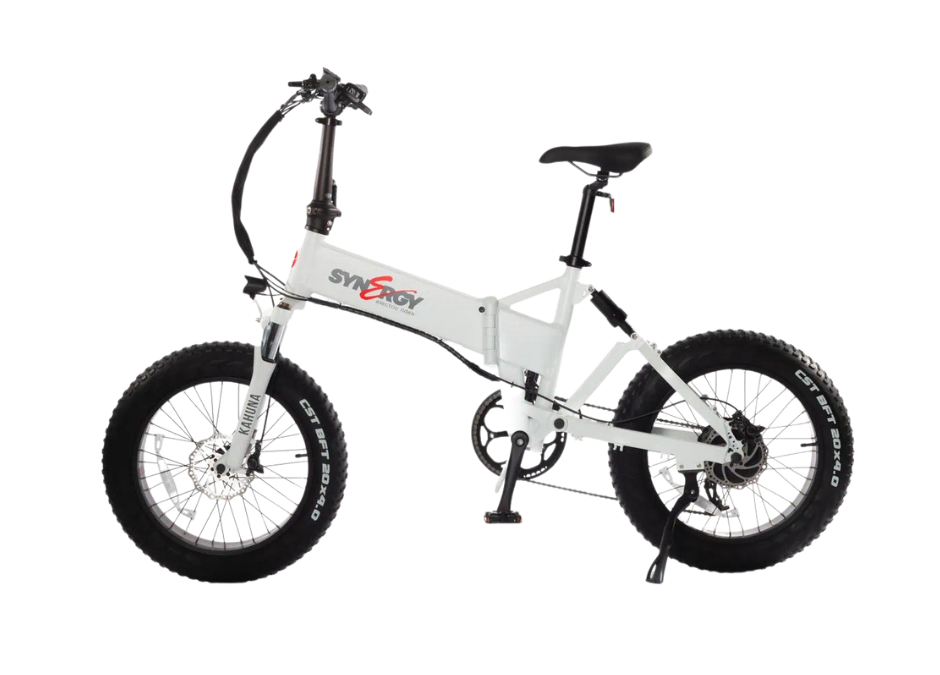Read Time:3 Minute, 6 Second
E-bikes (electric bikes) and e-scooters (electric scooters) are both popular modes of transportation that use electric power for propulsion. While they share some similarities, there are several key differences between the two:
- Design and Form Factor: E-bikes are designed to resemble traditional bicycles, with two wheels, a frame, and pedals. They often have a more upright seating position and may come in various styles such as mountain bikes, road bikes, or hybrid bikes. E-scooters, on the other hand, have a different form factor with a standing platform, handlebars, and a single or dual wheels arrangement. They usually have a more compact and streamlined design.
- Power and Speed: E-bikes typically have higher power output and are capable of higher speeds compared to e-scooters. Most e-bikes have motors ranging from 250 to 750 watts, enabling them to reach speeds of up to 20-28 mph (32-45 km/h) or even higher. E-scooters generally have lower power ratings, typically ranging from 250 to 500 watts, and have lower top speeds of around 15-20 mph (24-32 km/h).
- Pedal Assistance vs. Throttle Control: One key distinction is how the electric power is used. E-bikes feature pedal-assist systems (PAS), where the electric motor provides assistance when the rider pedals. The motor’s power is engaged based on the rider’s pedaling input, providing varying levels of assistance. E-scooters, on the other hand, are primarily controlled by a throttle mechanism. The rider uses a throttle or accelerator to control the speed of the scooter without the need for pedaling.
- Stability and Balance: E-bikes offer a more stable riding experience due to their bicycle-like design. The rider can balance using the bike’s frame and handlebars, making them suitable for longer rides and varying terrains. E-scooters require the rider to maintain balance using their own body, as they stand on a platform without a seat. This can make e-scooters more challenging for some riders, particularly on uneven or bumpy surfaces.
- Range and Battery Capacity: E-bikes generally have larger battery capacities compared to e-scooters, as they need to provide power for longer durations due to the possibility of longer rides. The range of an e-bike can vary significantly depending on factors such as battery capacity, motor power, rider weight, terrain, and assistance level. E-scooters usually have smaller batteries, providing a more limited range compared to e-bikes.
- Legal Regulations: The legal status of e-bikes and e-scooters can vary depending on the jurisdiction. In some places, e-bikes are considered similar to bicycles and are allowed on bicycle lanes and paths. E-scooters may have more varied regulations, often falling into categories such as personal mobility devices or motorized scooters. It’s important to check local regulations and laws regarding the use of e-bikes and e-scooters in your area.
These are some of the main differences between e-bikes and e-scooters. It’s important to consider your specific needs, preferences, and local regulations when choosing between the two. Please click here if you would like more information about the options available.

